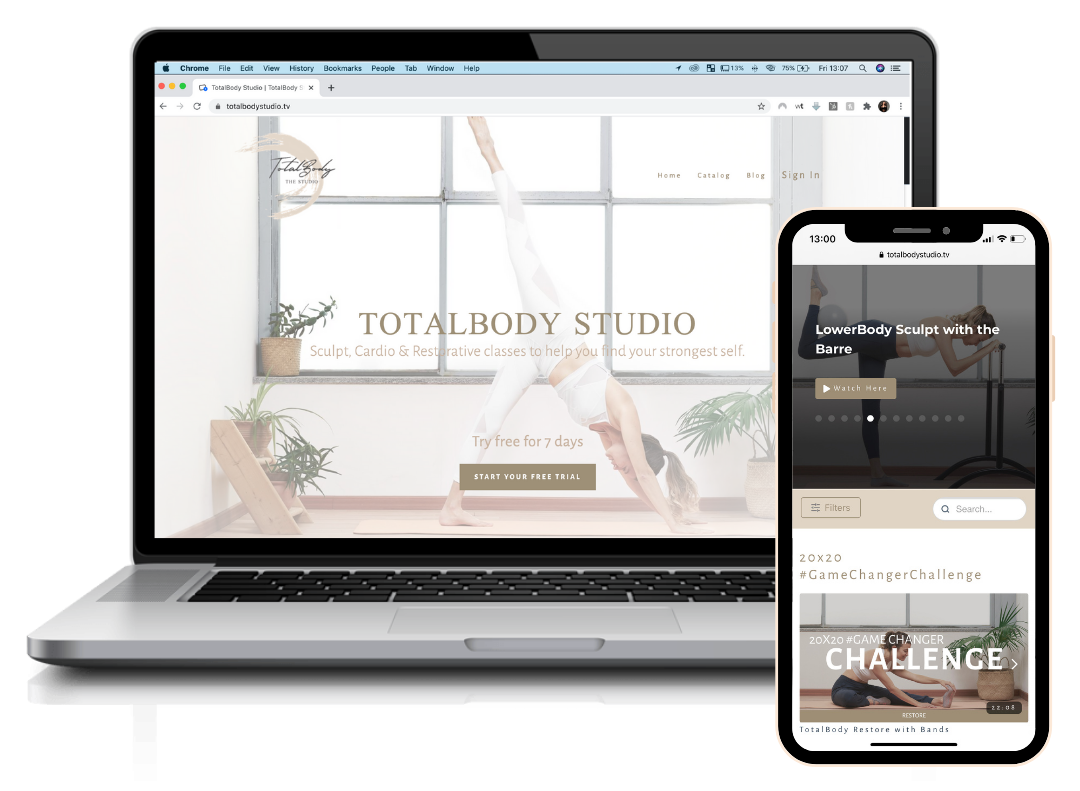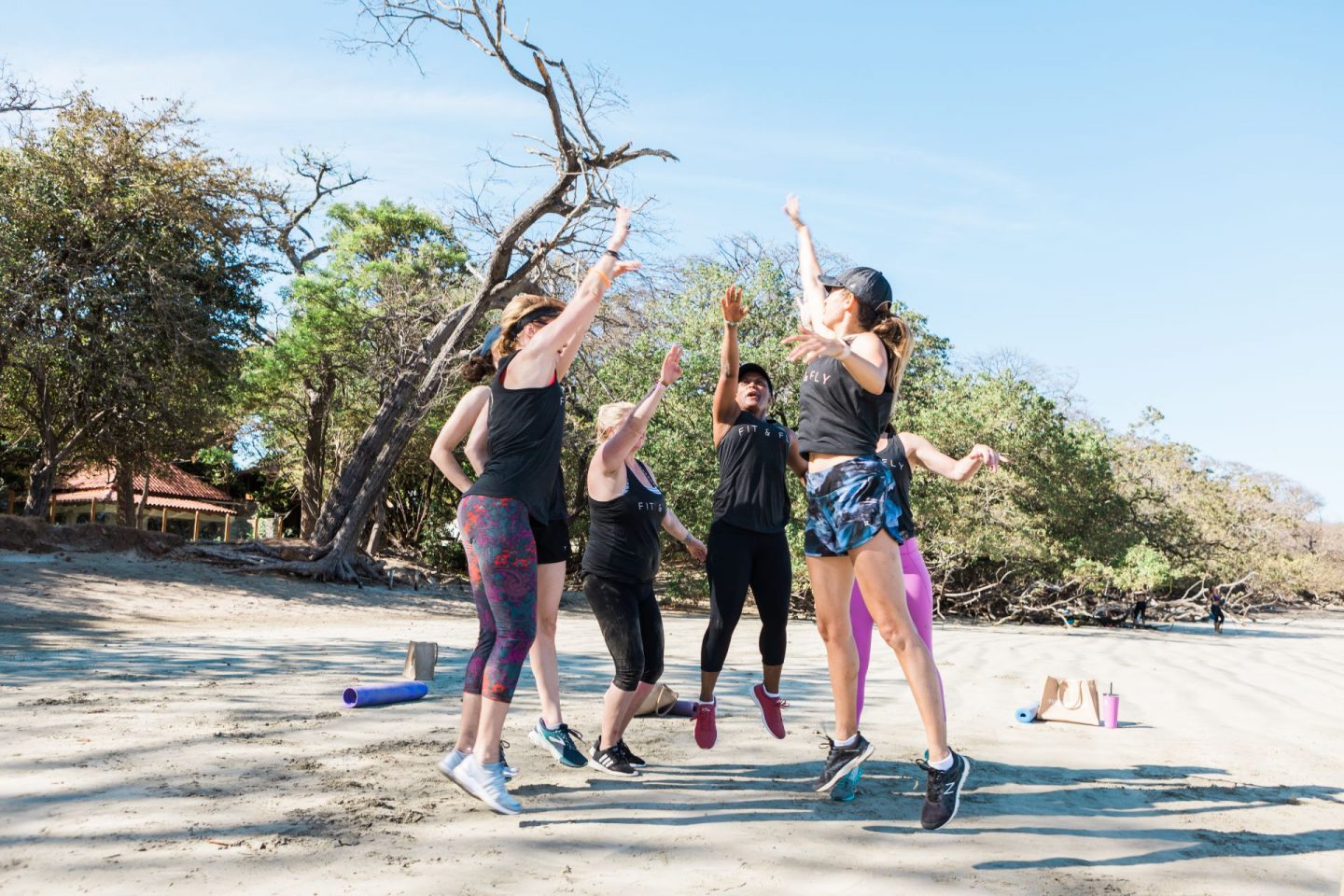
How are your NY resolution going? Are you still on the fit hype or you already cancelled your gym/Classpass membership?
I personally don’t have anything against New Years resolutions, as I believe that whatever sparks our willpower to insert healthier routines and set new goals should be welcome.
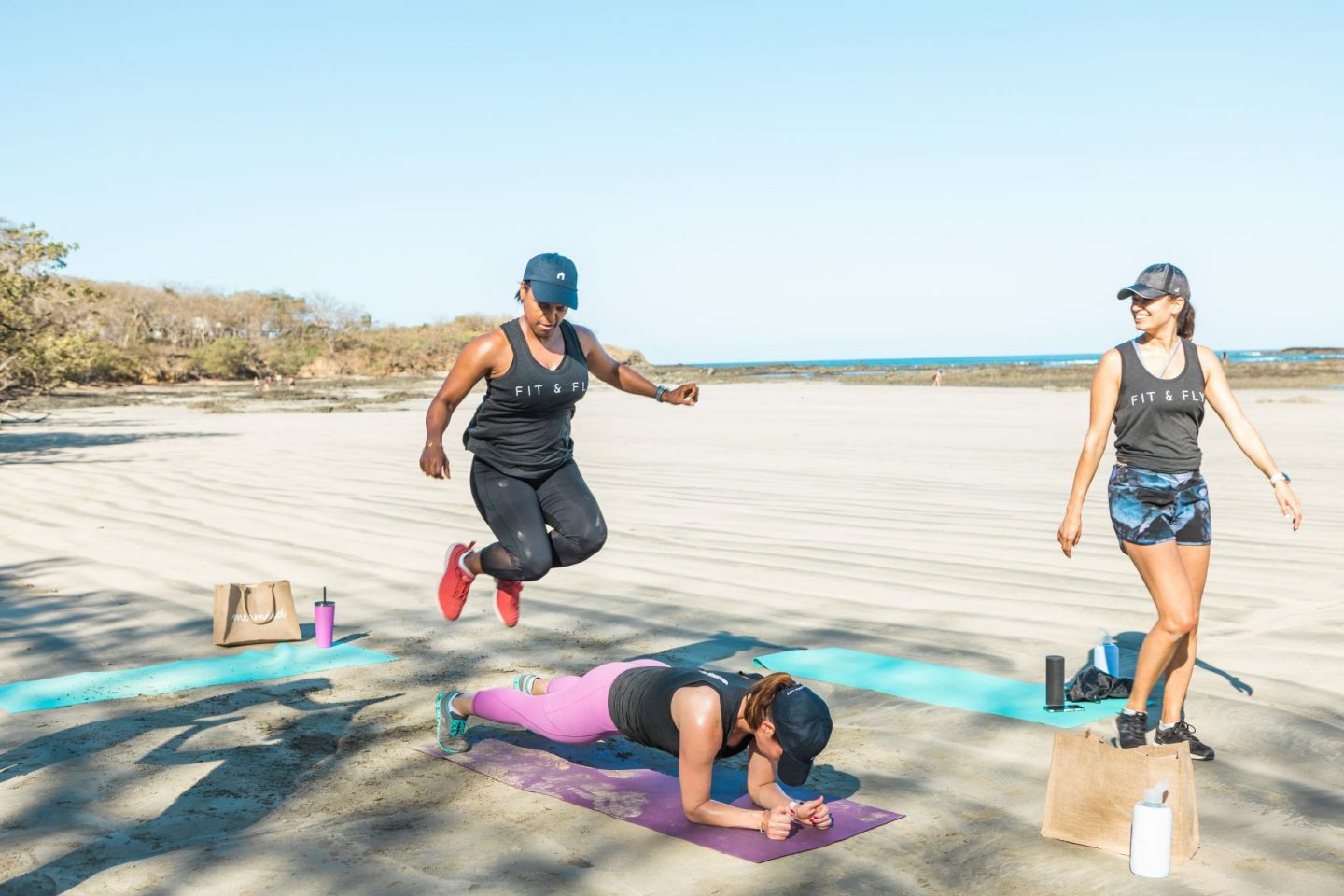
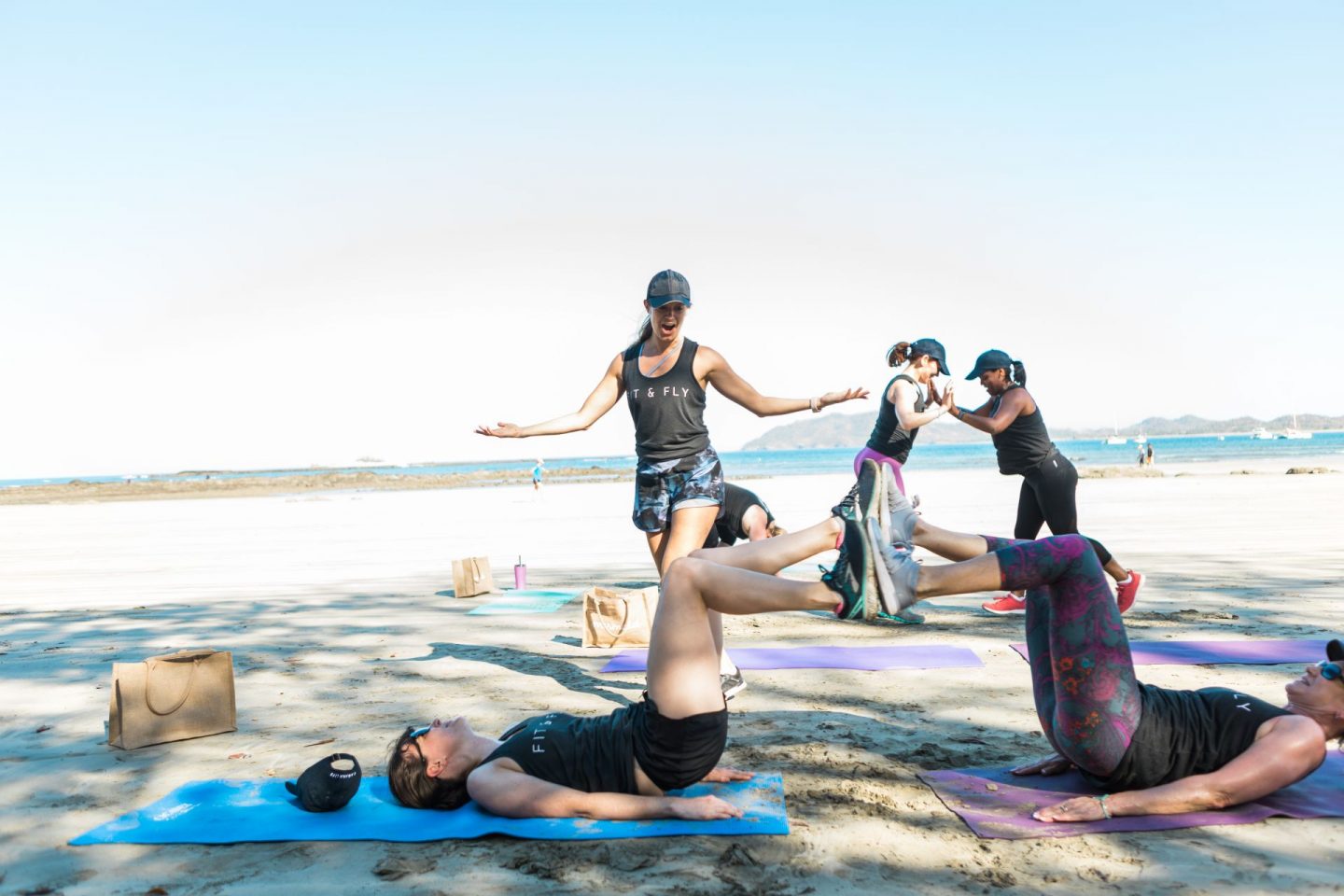
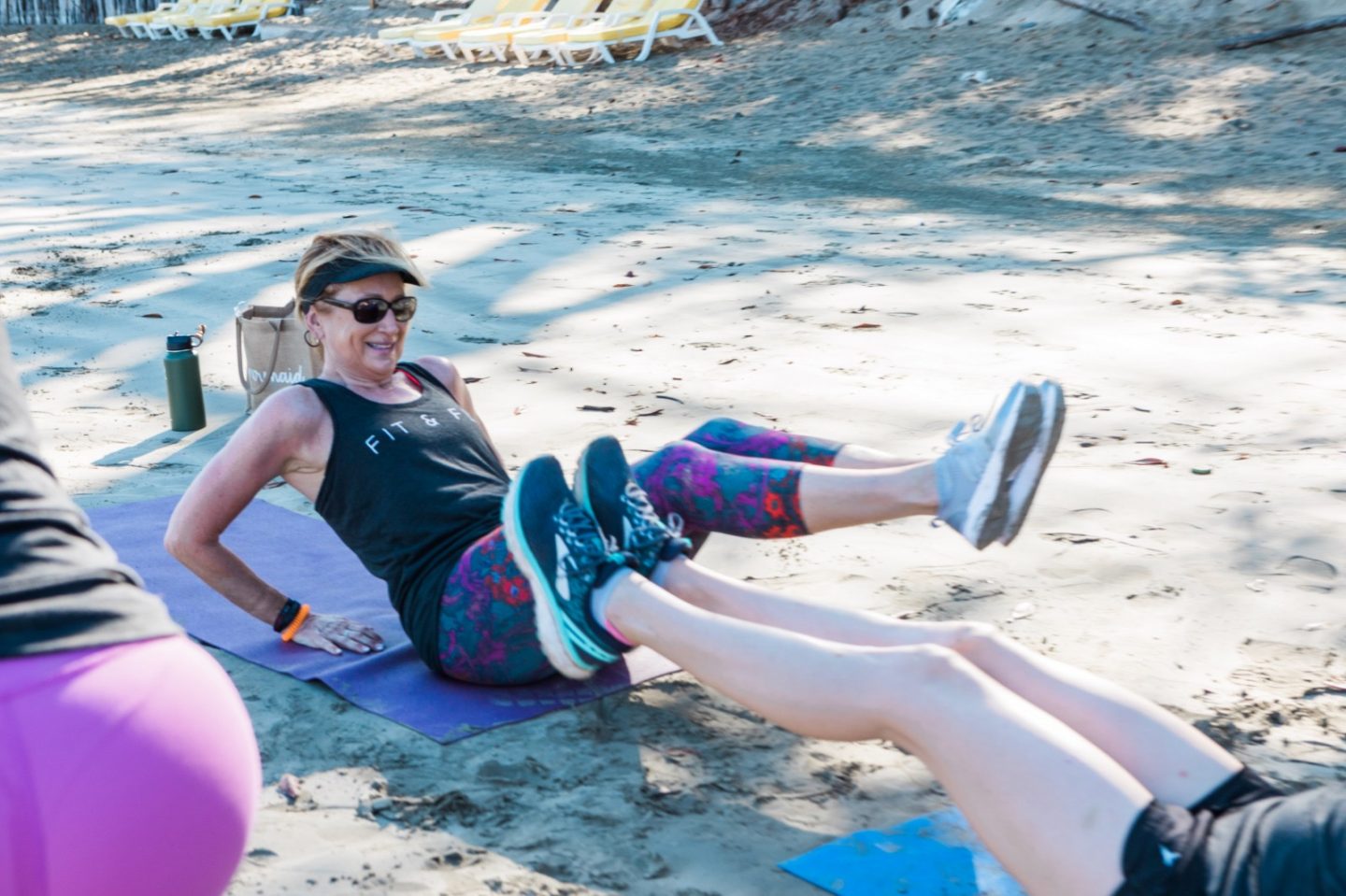
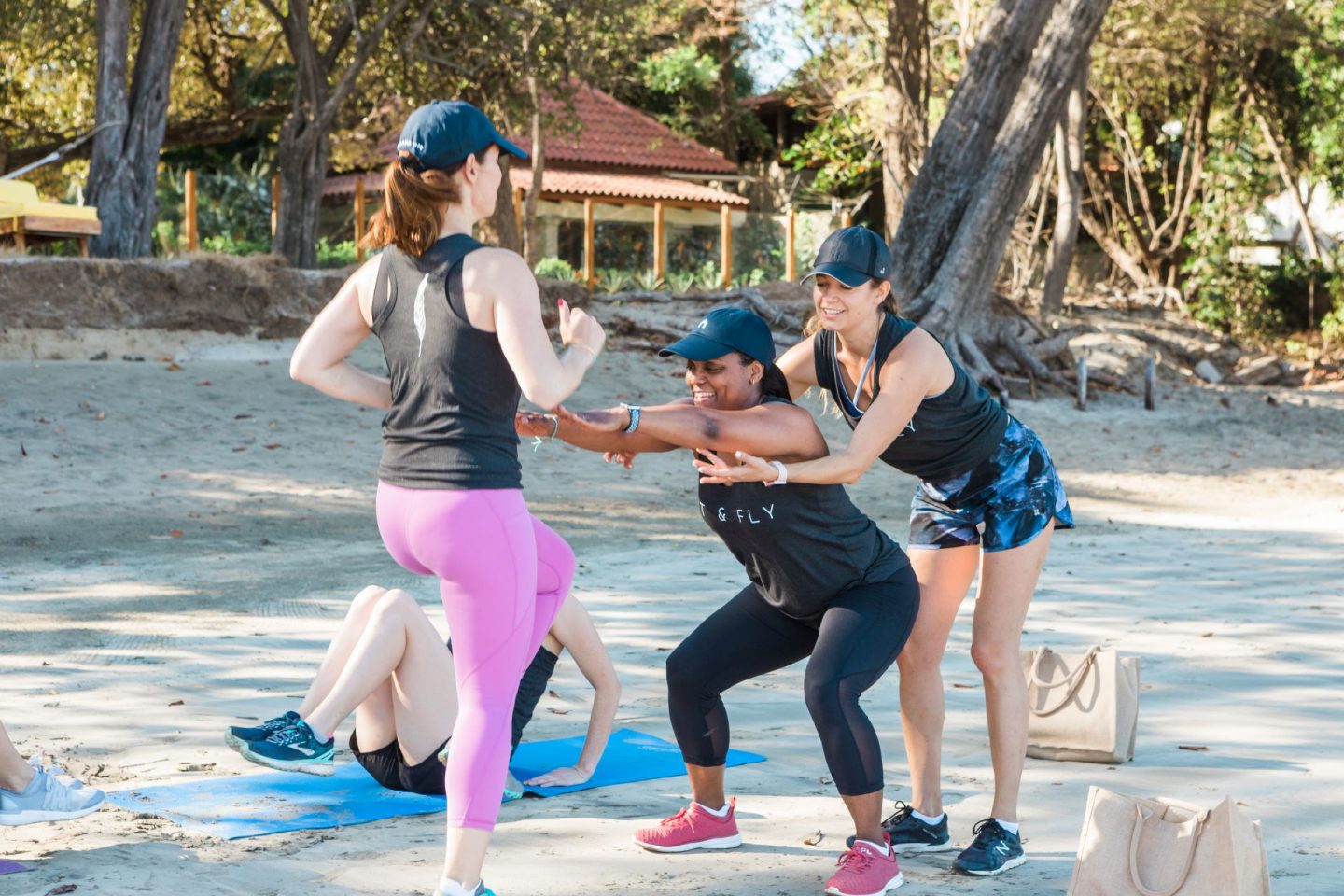

The reason why I think most resolutions fail is to do with the way we approach fitness.
Here is the typical pattern:
- Intense motivation and excitement to get started
- Intense activity
- Injury, fatigue, or burn-out
- Quit the activity all together
And here is the mistake most of us make, year in year out: it is a misconception thinking all out or nothing.
Being on the instructor side – “the other side” – exposes me to hear a lot of comments from colleagues such as “ I totally kill them today” or “I’m planning the hardest class yet”. As well as hearing the counterpart “oh, I couldn’t walk after that class” or again “I was so sore I couldn’t go to work the next day”.
Well, let me break it for you my friends. Soreness is NOT a good news. I’ll tell you more, if you train properly you should not feel sore the next day. Yep, that’s right! And I know that the little masochist in you is fighting against this idea, but here’s the truth.
When you train you should never reach the level of exhaustion of your perceived exertion scale.
Why? If you reach your exhaustion point each time you train, it requires a lot of mental energy to make you go back and train again. If you feel lethargic after you train or sore the day after, you are more likely to not come back or you need to take extra rest to recover.
There is a time and place for intensity, but consistency, that’s what matters most.
A truly good class/trainer is the one that offers the right amount of difficulty in their session so that your body doesn’t shift in the stress threshold, but equally the exercises aren’t so easy that you get bored.
Basically you should get the right amount of challenge that makes training enjoyable, addictive even. How to find out if you had the right amount of challenge?
You should feel energised afterwards, just like after drinking a cup of coffee.
Let’s say for example that you woke up feeling good, on a scale 1-10 feeling at your 7. You should feel 8.5 after your training session.
If your workout is enjoyable means that you’ll come back the next day. On average at the end of the year you will bag many more workouts than a person who went all out in their training and needed 1/2 rest days afterwards or will end up quitting exercise altogether.
A practical example? Here you go. If you know that your max number of push ups is 10, do 5 every day. At the end of the week you’ll have scored many more reps than a person who did 10 and then had to take a day or two off because they had DOMS, meaning you get stronger in the long run.
Prioritise volume over intensity.
Intensity by nature can only be done once in a while: you can’t go to your max every day, if you do, that means that you are not really working at your max.
Intensity entails that you need to take a break afterwards. But if you are consistent, you’ll get more training hours, more energy boosts, spike your metabolism far more as well as your mood. And it does not mean you don’t make progress. You can still set and achieve incredible goals, but the gains are very gradual and incremental. Your progress tends to compound and accelerate over time.
Training will become addictive, and you’ll keep up your New Year resolutions without even realise it.

